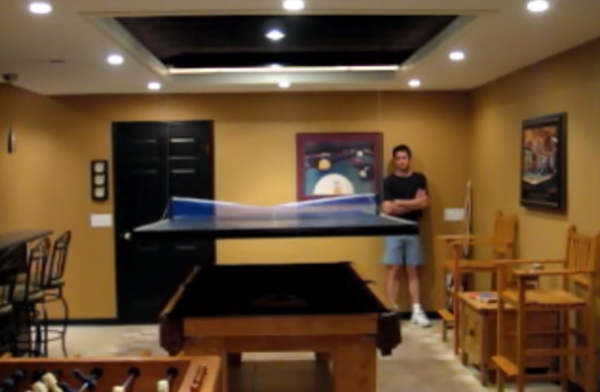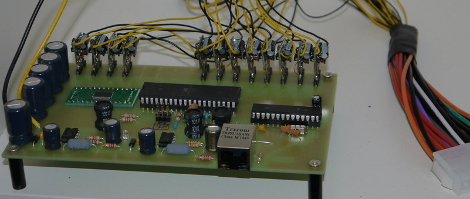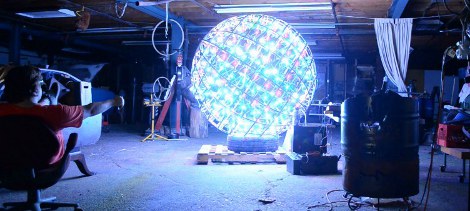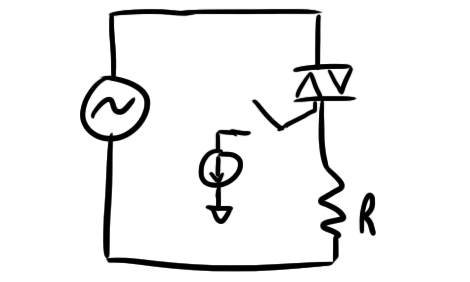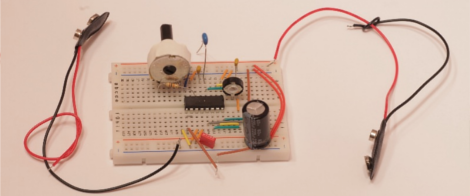[Lou] is at it again, and this time he wrote in to let us know about his automated ping pong table topper. With no good spot to stash an entire extra table [Lou] decided to take a two in one game table approach and fit the top of the ping pong table to his pool table. A ping pong table top is no small thing though and it turns out the best (or maybe coolest) place to store it is above the ceiling! At the flip of a switch a garage door opener pulls away a section of ceiling tiles and a winch motor lowers the table top into place with two cables.
The system works very smoothly using some pretty easy to find parts. [Lou’s] instructional video (embedded after the break) shows the system in action and explains the concepts behind the automation. We aren’t sure how the winch stops lowering the table, but the ceiling section uses a light switch and spring combo as its limit switch. The only thing really missing is the flashing red light, industrial klaxon, and fog machine needed to compliment the screeching nightmare-howl of that winch motor.
Continue reading “Garage Door Opener Used To Automatically Lower A Game Table Top”

